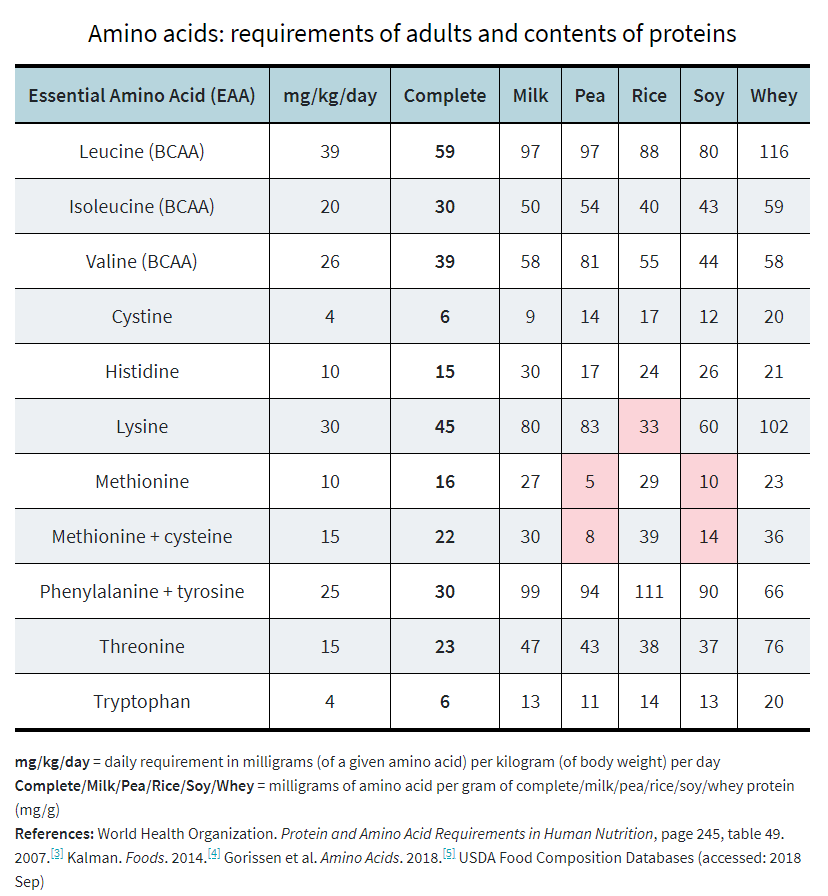Bio-availability: this represents the percentage or scale rating of just how much our bodies can make use of certain protein sources. You need to know that our bodies and digestive systems absorb some protein’s better than others and also certain sources will provide a higher amino acid profile.
- The elderly are known to reduce their protein intake due to decreased appetite for these kinds of foods. This, accompanied by a decreased rate of muscle synthesis puts them at risk of sarcopenia or muscle loss.
- Athletes who undergo strenuous physical exercise need a surplus of protein to repair muscle tissue. Plant-based proteins have a lower leucine content (which stimulates protein synthesis and inhibits protein degradation); so if you are an athlete on a plant-based diet you should boost your protein intake to guarantee a safe muscle recovery.
- Both internal and external factors affect the bioavailability of macronutrients. The internal factors include age, gender, overall health and nutrient status and pregnancy. The BV goes down with age, or if you are unfit, because your body is not processing the food efficiently.
- The external factors include dietary and food choices, including food combinations and cooking methods.
- Cooking protein-based foods at high temperatures, on the other hand, upsets the amino-acid links in the protein and affects the BV of the food.
Few examples below:
| Protein Source | Bio-Availability Index |
| Whey Protein Isolate Blends | 100-159 |
| Whey Concentrate | 104 |
| Whole Egg | 100 |
| Cow’s Milk | 91 |
| Egg White | 88 |
| Fish | 83 |
| Beef | 80 |
| Chicken | 79 |
| Casein | 77 |
| Rice | 74 |
| Soy | 59 |
| Wheat | 54 |
| Beans | 49 |
| Peanuts | 43 |

A protein is called complete when, proportionally to its overall amino-acid content, it has enough of each EAA. The main advantage of animal proteins is that most are complete.
Conversely, most plant proteins are incomplete. Of course, incomplete proteins can complement one another when taken in mixed proportions.
The PDCAAS scale has displaced the BV scale, not because it is more accurate, but because it is more pertinent: it rates protein not only based on bioavailability but also on amino acid profile, so as to better reflect human needs. Better, but not perfectly, which is why the Food and Agriculture Organization has already proposed to replace it with yet another scale: the Digestible Indispensable Amino Acid Score (DIAAS).
PDCAAS looks at how much protein was absorbed after it has gone through your small and large intestines, whereas DIAAS looks at how much protein was absorbed after it has left the small intestine
*Do read the Disclaimer
Pingback: Plant Based Protein Rich Foods – Fit Body to Fit Mind